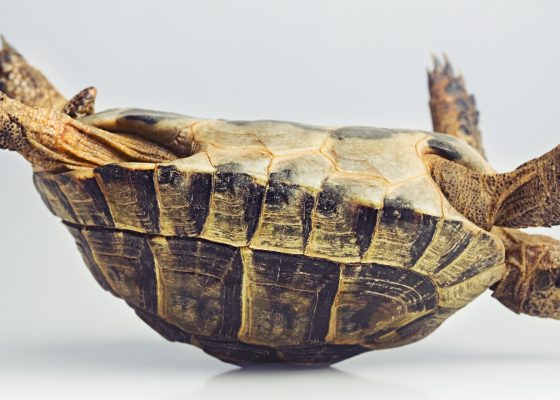After what was supposed to be a two-month secondment, almost six months later the CAHO position remains vacant, prompting concern over future policy and reform rollout.
The allied health sector has long lobbied for a Commonwealth Chief Allied Health Officer, but after succeeding in 2020 with the appointment of Dr Anne-marie Boxall, an ensuing secondment and the position’s continued vacancy has left the sector in the lurch.
“The CAHO plays a crucial role providing strategic policy advice to the Health and Aged Care Portfolio’s Ministers,” advocacy group Allied Health Professions Australia told Health Services Daily.
“The CAHO is the sector’s primary liaison with the Department of Health and Aged Care,” they added.
“These key functions are missing when we have no CAHO.”
Dr Boxall, a trained physiotherapist with over a decade’s experience working in both the public and private sectors, was appointed as the federal CAHO in 2020 after long-term lobbying from the sector.
In August 2023, Dr Boxall was moved to an eight-week secondment as Assistant Secretary of the Health Reform Taskforce.
But six months on there remains no acting CAHO arrangements in place, AHPA told HSD.
Although the sector was notified of the secondment, there has been no communication from DoHAC over measures to cover the position during this time, nor on the completion of the secondment.
The deputy CAHO Daniel Roitman has also since left his position without a replacement.
“There is currently an acting assistant secretary of the Allied Health and Service Integration Branch, but while this is a key role, it does not hold the same leadership position and remit as a CAHO,” AHPA told HSD.
Without an acting CAHO, there are concerns over the promised integration of the Strengthening Medicare Taskforce’s recommendations and other reforms.
“The impact of this is most evident in the design and implementation of primary care reform budget measures that are intended to deliver multidisciplinary team care,” AHPA’s CEO Bronwyn Morris-Donovan told HSD.
“There is little to no input on the Scope of Practice Review or design of the Frequent Hospital Users Program,” she said.
“The sector and the consumers are at risk of missed opportunities that don’t come along very often.”
The gap left by the CAHO puts undue pressure on AHPA, added Ms Morris-Donovan.
“The absence of a CAHO means AHPA, as the peak industry representative, provides strategic policy advice where it can, but without the input and support of the Office of CAHO,” she said.
“This means AHPA spends resources attempting to map where an allied health voice is most needed.”
It also enables new policy that does not reflect an understanding of the sector, added Ms Morris-Donovan.
“A recent example is the Home Support Operations Branch decision to include AHPA membership as a mandatory requirement for remedial massage access to in-home care funding,” she told HSD.
“Despite AHPA holding no regulatory function and no authority to uphold quality and safety standards, the relevant department branch decided AHPA membership was necessary.
“This policy has now been overturned and a workable solution identified. However, reaching a solution exhausts valuable time for all and erodes the goodwill.”




